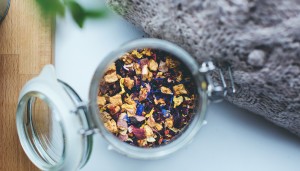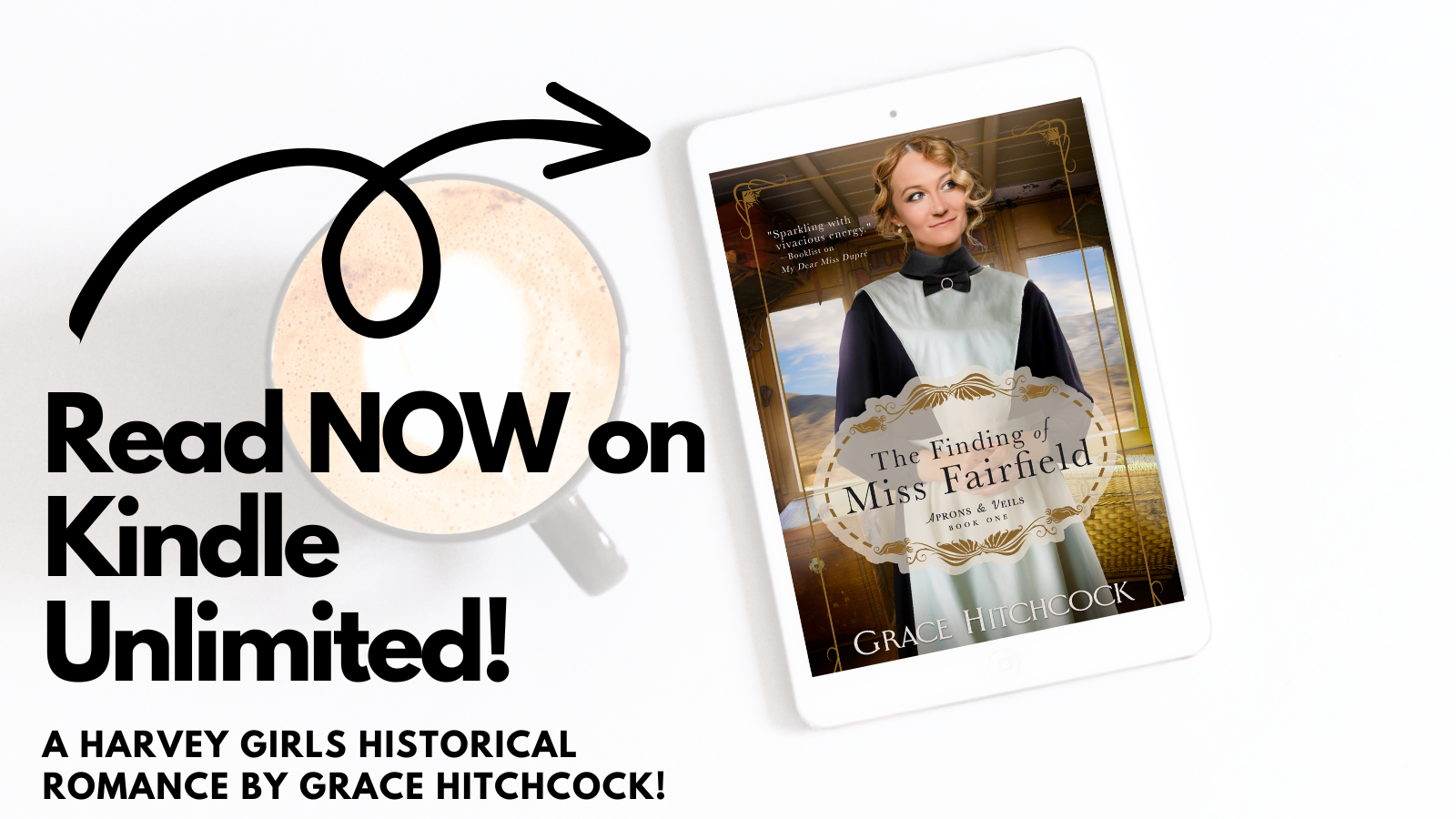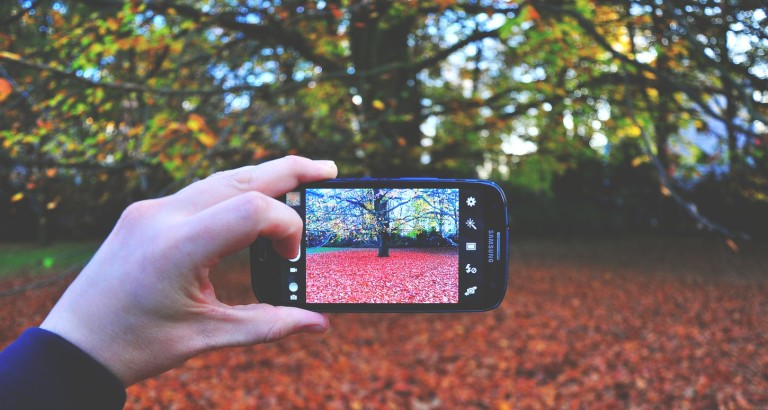A Guide to (Victorian) Tea

In my new Victorian novel, the heroine runs a tearoom with her father and in college, I worked for about two years in a tearoom as a waitress and cook, so I learned about the art of brewing a proper pot of tea and how to compose those lovely tiered “high” and “afternoon” tea treats. I also made it my goal to taste every flavor in the house, which was over a hundred varieties, so I’ve tasted almost all listed below! (Earl Grey Cream is a must, but Lapsang Souchong should be avoided at all costs, unless you are looking for a tea that reminds one of BBQ.) So today, I thought I’d share a little of my historical findings on tea times as well as my list and description of teas.
The Victorian Tea
Before teatime, a hostess would choose to serve a black, green, herbal or white tea. In my heroine’s case, I needed to have a list that would have been on her menu, so I created a list of the possible flavors she could have chosen with a brief description of each tea.
Afternoon and high teas were made popular by Anna Russell the Duchess of Bedford in the mid-1840’s as a means to take the edge off of hunger as it became more fashionable/custom to push dinnertime to the very late hour of 8:00pm.
Afternoon Tea: Taken around 4 o’clock. It would consist of a lighter meal of scones, cakes and, of course, tea to tie the socialites over until their late dinner.
Nursery Tea. Also taken at 4:00pm, this was the children’s version of afternoon tea minus the sweets. Instead, they would be served biscuits. On occasion, such as birthday, cake would be served and adults would join their children.
High Tea: Taken from 5 to 6 o’clock. This was one of the more interesting findings. Apparently “high” tea was not taken by high society ladies. The origin of “high” tea was that it was taken very late in the afternoon by the working class and was often served with something heartier on the side like a protein, so the name high tea and meat tea became interchangeable.

(An Afternoon Tea from the Library of Congress, 1901.)
Types of Black Tea and Flavored Black Tea:
Black Tea. Of all the teas, black tea is the least to taste like its original leaf; thus, much labor goes into the making of black tea. There are four steps to making the different black tea flavors. First, the leaves are withered to remove moisture. Second, they are rolled to help with the infusion process and then fermented to allow the new flavor to surface. Finally, the tea is fired to halt the fermentation. All four of these steps are performed carefully in order to not lose the desired flavor and color of the tea.
Assam– Grown in Assam, northeastern India, this is a hearty, bright-colored tea that possesses a rich and malty flavor. It is a good breakfast tea.
Black Currant– This is a blend of black tea and dried currants with an infusion of berry flavor, which gives it a strong aroma.
Ceylon and India– For those who wish to drink “Regular” hot or iced tea, this is one of the most basic black tea.
Darjeeling– This blend is a very popular tea not only for the full-bodied taste, but also its beautiful red-gold coloration.
Earl Grey– With a delicate flavoring from the fruit Citrus bergamia grown in the Mediterranean region, Earl Grey is a medium tea that comes in various blends.
Earl Grey Cream– This blend is a very rich tea. The vanilla leaves mixed in the Earl Grey, provide the creamy flavor.
English Breakfast– As its name suggests, this blend of Ceylon and India is wonderful in the morning as an eye-opener.
English Evening– It is a very light tea that is excellent after dinner.
Ginger– This spicy blend with ginger root aids in the cleansing of the palate.
Hot Cinnamon Spice– Three different types of cinnamon are blended together with sweet clove and orange rind to make this unique spicy “cold weather” blend that stimulates circulation.
Irish Breakfast– This Assam and Ceylon blend creates a strong and comforting tea perfect for breakfast.
Keemun– This tea has a thick fragrance and body that compliment meals.
Lapsang Souchong– This smoky black tea can be brewed from light to robust and it is rumored that it goes very well with meals. (But again, it this is my least favorite. Bleh.)
Lemon Tea– Ceylon is combined with lemon peel to create this light, refreshing tea that is excellent hot or iced. Medicinally, this tea is used to aid in digestion.
Vanilla– With its strong flavor, this delightful, creamy black tea is best taken with scones or sweets.
Yunnan- This delicate, light tea from the southwestern province of China compliments spicy foods.
Types of Green Tea:
Green tea is widely revered for its dietary properties and health benefits; however, not many know that unlike black tea, green tea is not fermented. The leaves of green tea are prepared in three steps. First, the plucked leaves are subjected to pan firing to make the leaves soft. Next, the leaves are rolled over heat using the fingers, palms and forearms. Finally, the leaves are fired, blended and prepared for shipping.
Chinese Flower– As its name suggests, this citrus infused tea is from China and consists of a delicate blend of rosebuds, marigold and cornflower.
Green Tea Chai– This blend of exotic spices is combined with vanilla and honey to produce a creamy taste. It may be served hot or iced.
Gunpowder Green– Also known as “Pearl Tea,” this medium-bodied tea is a light green tea that is known for its rolled tea leaves which unfurl upon infusion in hot water.
Gyokuro– With its fresh aroma, this rich, jade-colored tea awakens the senses through its herbaceous flavor.
Jasmine– This is a mild green tea blended with Jasmine blossoms to produce a unique floral taste that helps to increase metabolism. It is also considered part of the Oolong family as it is a blend of green and black tea leaves.
Pan Long Yin Hao- Also known as “Curled Dragon Silver Tips,” this tea is extremely smooth, flavorful green tea from the Zhejiang Province of China.
Sencha Kyoto– This is a beautiful, delicate tea composed of cherry blossoms that is light-bodied, sweet and refreshing. (This is my favorite green tea!)
White Monkey Paw- Since this blend from the Fujian Provence has the delicacy and coloration similar to white tea, it is sometimes placed in the white tea category even though it is composed of green leaves and has a strong green tea flavor.
Types of Herbal Teas:
Herbal Tea. Unlike other teas, herbal blends use the plant fresh or dried in its entirety from the root to the flower. Naturally caffeine free, herbal teas can also be made from infusions of herbs create its special flavoring. Throughout history, many of the herbal teas served as medicinal purposes.
Chamomile– This full-bodied tea made from the heads of aromatic Egyptian flowers with a hint of green apple is a very relaxing tea and is excellent before bed.
Hibiscus– It is bright tea that offers healthful solutions such as: vitamin C, calcium, iron and may aid in lowering blood pressure. (When my dad had a scary encounter with high blood pressure, I made him try it.)
Lavender– This sweet-smelling, strong tea turns a lovely light purple shade and may help alleviate headaches.
Lemon Balm– This easy-to-grow herb may aid in digestion.
Licorice– This medium-bodied tea has a strong scent and is sometimes useful as a cough remedy. (In a word: gross. Second only to Lapsang Souchong.)
Wild Rosebuds– This is a beautiful, light tea is, of course, composed of tiny rosebuds.
Peppermint– The very fragrance of this tea refreshes one as it may alleviate stomach pains, aids in digestion and helps colds.
Rosehips– This bright tea is a delightful blend of rosehips with Hibiscus and is very high in vitamins A, B, C, E and K.
Spearmint– With a bright, fresh aroma, this tea may be helpful in relieving headaches and tension.
Types of White Tea:
White tea is naturally caffeine free and it is one of the more expensive teas because it is produced only in the Fukien province in China. White tea is solely composed of the tips of the tea leaves. Tips are preserved only when the tea is hand-rolled. Thus, tips are considered to make the tea higher quality and therefore, white teas are considered a delicacy. These sweet, pale teas are typically enjoyed by themselves without the aid of a meal.
Mutan White– This is a delicate tea composed of silvery white buds and green leaves.
Pai Mu Tan– Also known as “White Peony,” this tea is golden in color and sweet to the palate.
SowMee White– With its toasty flavor, this tea adds a unique twist to the normally sweet white teas.
Yin Chen– Also known as “Silver Needles,” this unique tea is slightly sweet.
Now, go grab a good book and brew some tea! Happy Reading!

(Top) Photo Cred: Unsplash.com







